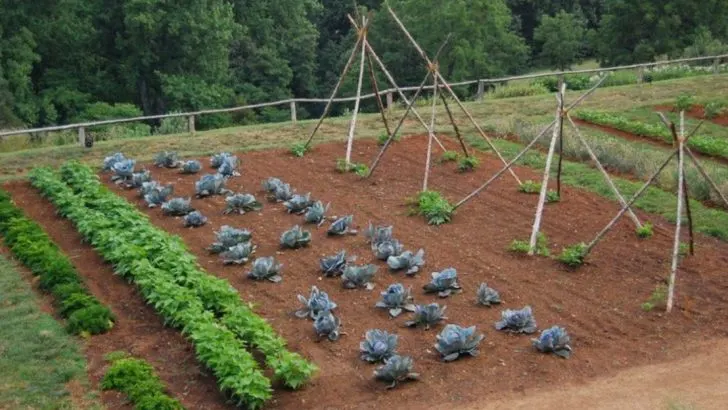You might think your garden is fully optimized—but chances are, it’s hiding wasted space in plain sight. From awkward paths to overcrowded beds, even experienced gardeners make layout mistakes that limit both productivity and beauty.
Poor planning can lead to hard-to-reach plants, inefficient use of sunlight, and missed opportunities for vertical or layered growing. The result? A garden that works harder than it needs to—and delivers less than it could.
In this article, we reveal 18 of the most common (and often overlooked) garden design mistakes that quietly steal space and reduce yields. Learn how to fix them and turn every inch of your garden into a purposeful, thriving zone.
Overcrowding Plants
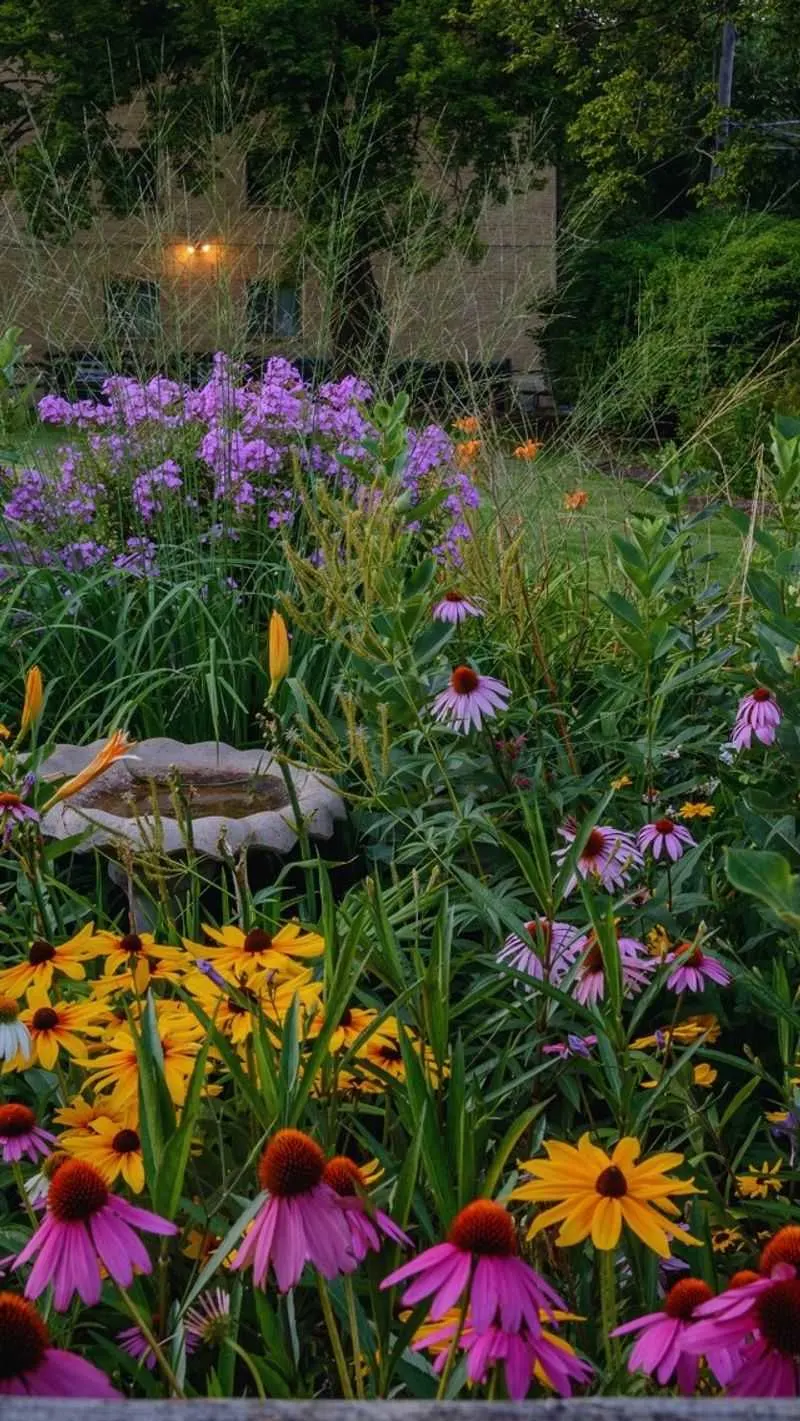
Cramping too many plants into a small area can lead to a struggle for resources like sunlight and water. This mistake can cause plants to grow weak and become more susceptible to diseases. Some gardeners believe that more plants mean a more bountiful harvest, but the opposite is often true. It’s essential to give each plant enough room to breathe and grow. Proper spacing ensures healthier plants and a more productive garden.
Ignoring Sunlight Needs
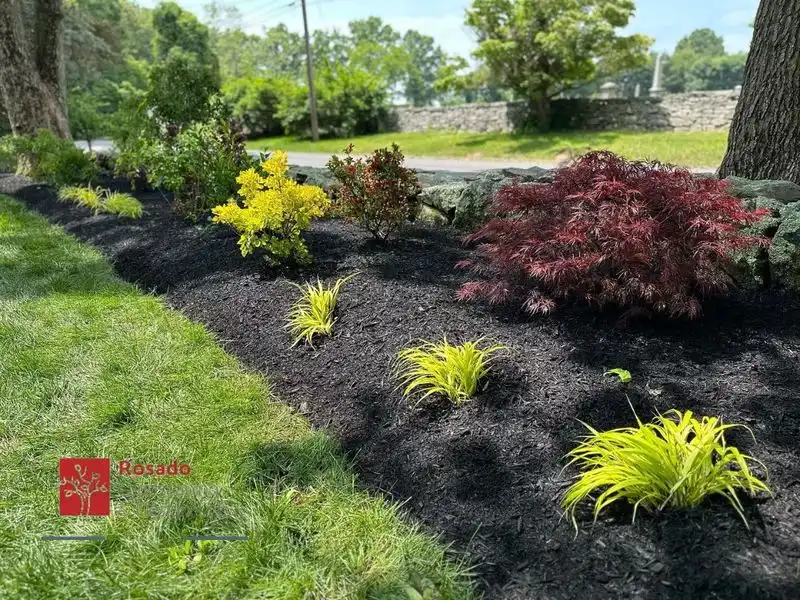
Every plant has its own sunlight requirements, and ignoring these can waste valuable space. Placing sun-loving plants in the shade can stunt their growth and lead to disappointing yields. Conversely, shade-loving plants may wither in too much sun. Observing your garden’s sunlight patterns before planting can prevent these mismatches. Consider using a garden planner to allocate the right spots for each plant.
Poor Path Planning
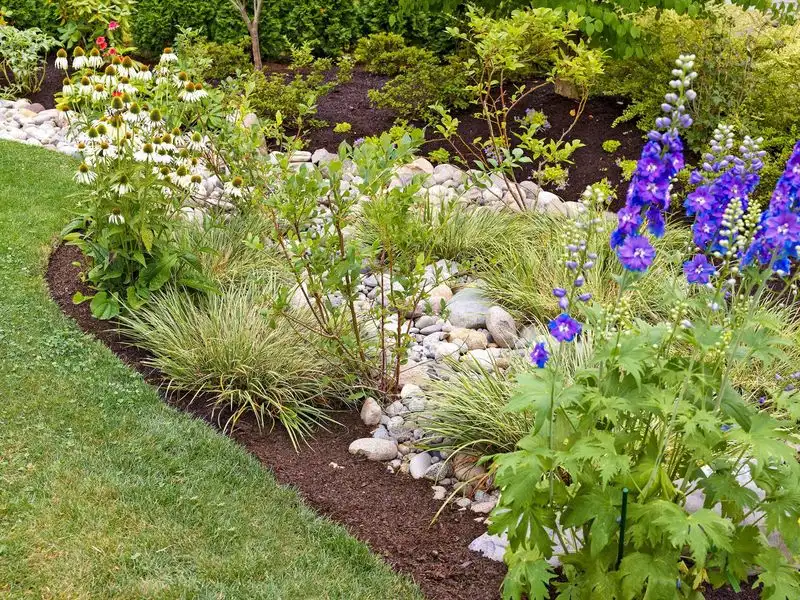
Paths are crucial for accessing plants, but poorly designed ones can waste space and make gardening a chore. Narrow, winding paths take up more room than necessary and can hinder movement. Opt for straight or gently curving paths that provide easy access without consuming excessive space. Consider materials that blend with the garden aesthetic while being practical underfoot.
Neglecting Vertical Space
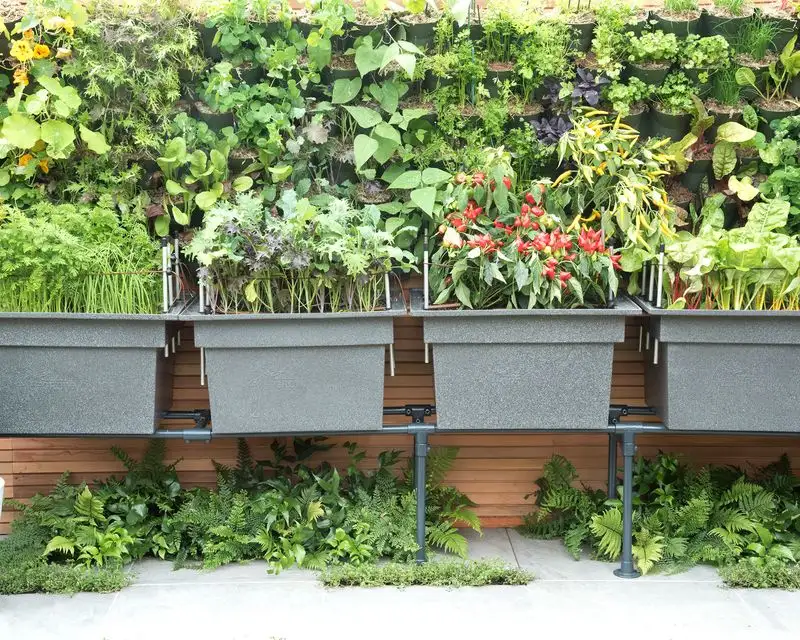
Many gardeners miss out on vertical gardening opportunities, leaving climbing plants like beans or peas to sprawl on the ground. This approach not only wastes horizontal space but can also lead to tangled, unhealthy plants. Utilizing vertical structures like trellises or poles maximizes space and improves plant health. Vertical gardening also adds visual interest, creating a dynamic landscape.
Monoculture Planting
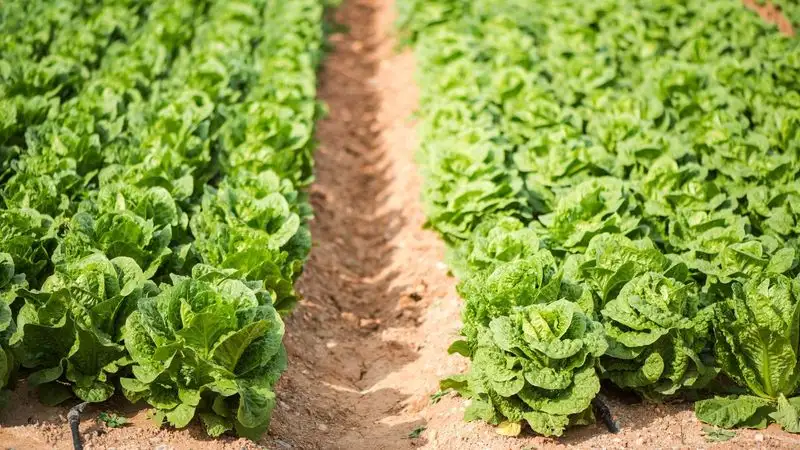
Planting a single type of crop in large sections can seem efficient but often backfires. Monocultures are more susceptible to pests and diseases, leading to wasted space if a problem arises. Diversifying plant selections not only uses space more wisely but also creates a healthier ecosystem. Companion planting can enhance growth and deter pests, making better use of your garden area.
Disregarding Soil Quality
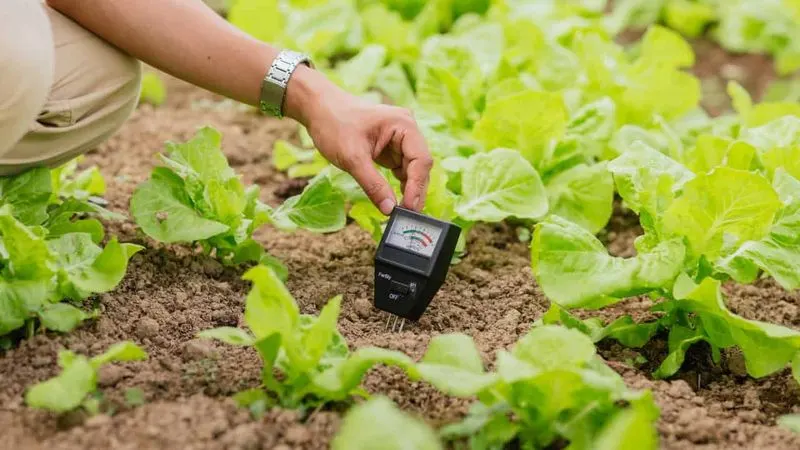
Ignoring soil quality can lead to uneven plant growth, wasting space where plants fail to thrive. Soil quality affects water retention, nutrient availability, and root development. Conducting a soil test before planting can identify deficiencies and allow for tailored amendments. Using compost, mulch, and soil conditioners can enhance soil quality, leading to a more fruitful garden.
Improper Watering Techniques
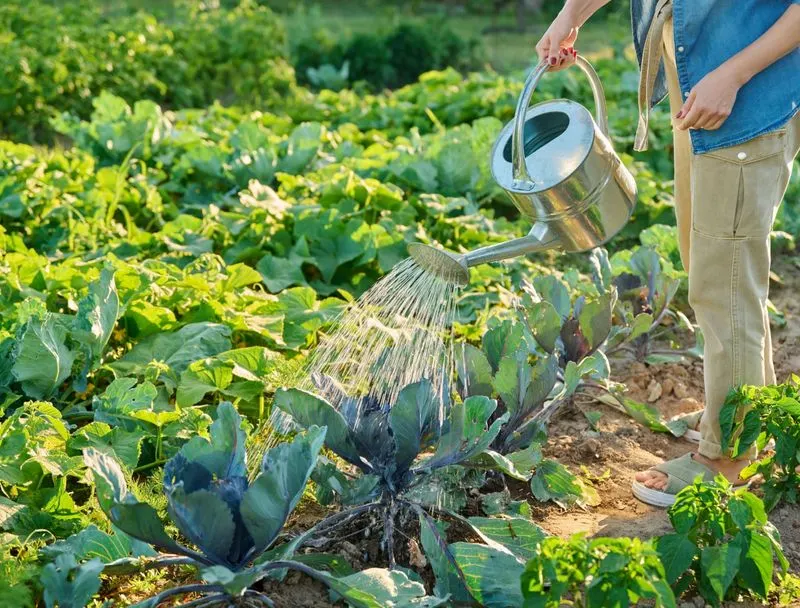
Watering seems straightforward, yet improper techniques can waste water and space. Overwatering can drown roots, while underwatering stresses plants, leading to poor growth. Observing plant needs and weather patterns helps tailor watering practices. Drip irrigation systems can provide targeted hydration, reducing waste and promoting healthy growth.
Forgetting Seasonal Changes
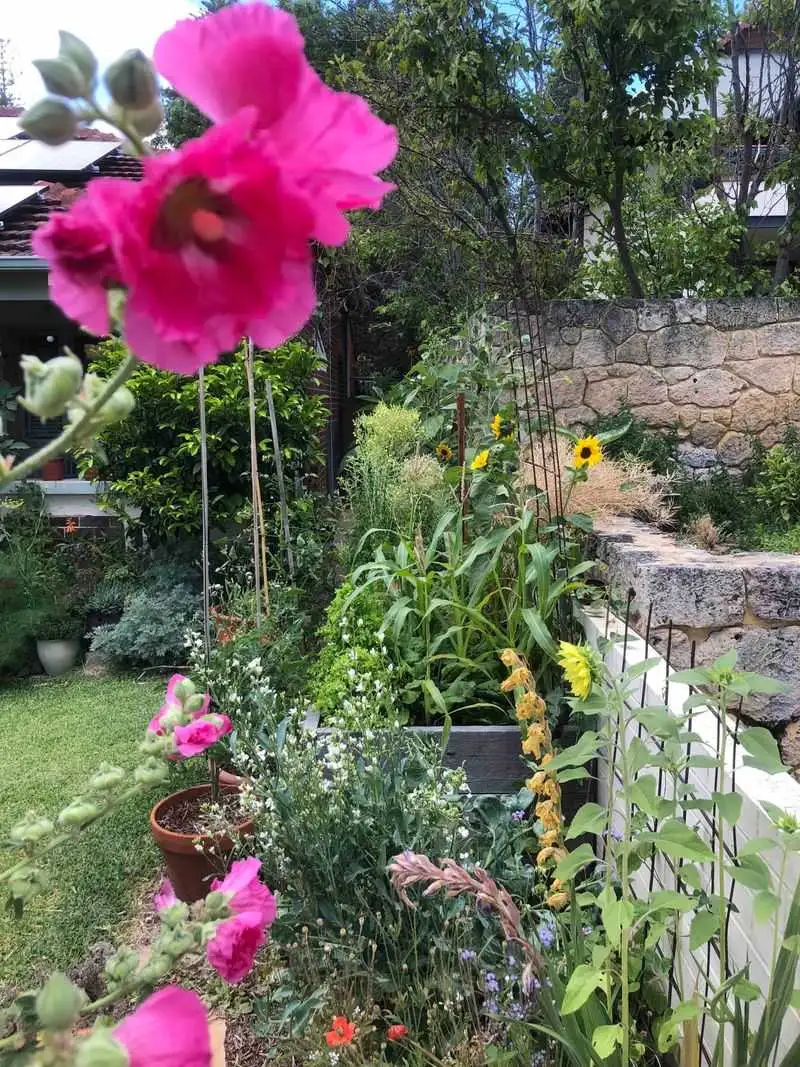
Failing to plan for seasonal changes can lead to wasted space as plants struggle with temperature and light fluctuations. Some plants thrive in cooler weather, while others need warmth to prosper. Planning a garden that adjusts with the seasons ensures continual productivity. Rotating crops and using temporary covers can help manage seasonal shifts.
Neglecting Edging and Borders

Without proper edging and borders, gardens can appear untidy and waste potential planting areas. Defined edges keep plants within bounds, ensuring a neat appearance and efficient use of space. Various materials can be used for edging, from stone to wood, adding character to the garden while maintaining order.
Underutilizing Raised Beds

Raised beds offer significant benefits, yet many gardeners overlook them, missing out on improved drainage and soil quality. They provide clear boundaries, making crop rotation simpler. Raised beds also ease physical strain, allowing gardeners to work without bending excessively. Properly constructed raised beds can enhance both space efficiency and plant health.
Incorrect Plant Pairing
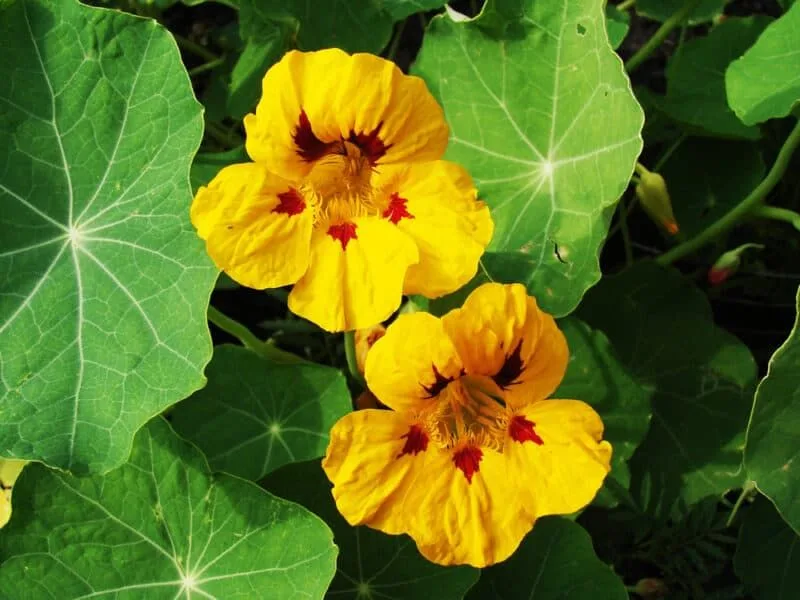
Plant compatibility affects growth, and incorrect pairing can waste space. Some plants compete for resources, while others can inhibit each other’s growth through natural chemical interactions. Companion planting guides can assist in making wise pairings, promoting a more harmonious and productive garden environment. Thoughtful planning prevents resource competition and enhances plant vigor.
Ignoring Microclimates
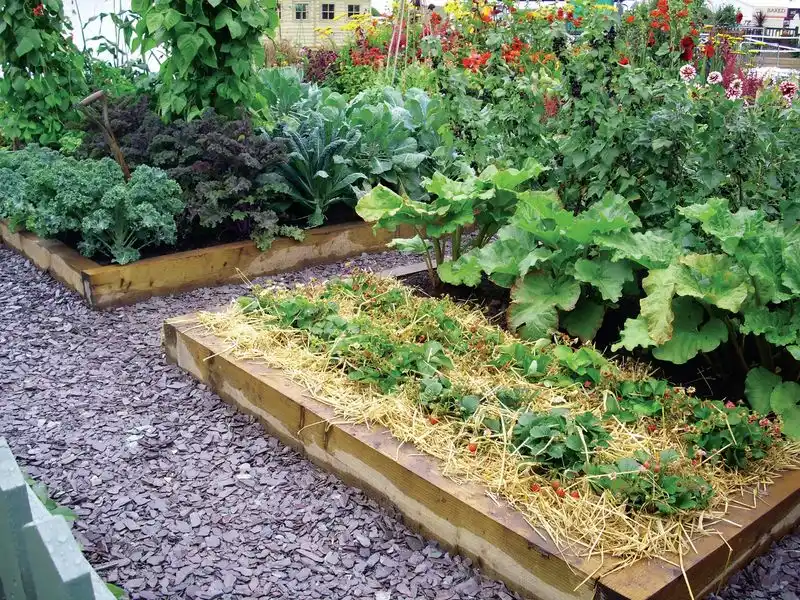
Every garden has microclimates—areas of differing temperature, light, and moisture levels. Ignoring these can lead to poor plant performance and space waste. Observing your garden to identify these variances allows for strategic planting. Matching plants to suitable microclimates can enhance growth and yield, making the most of every garden section.
Failing to Rotate Crops
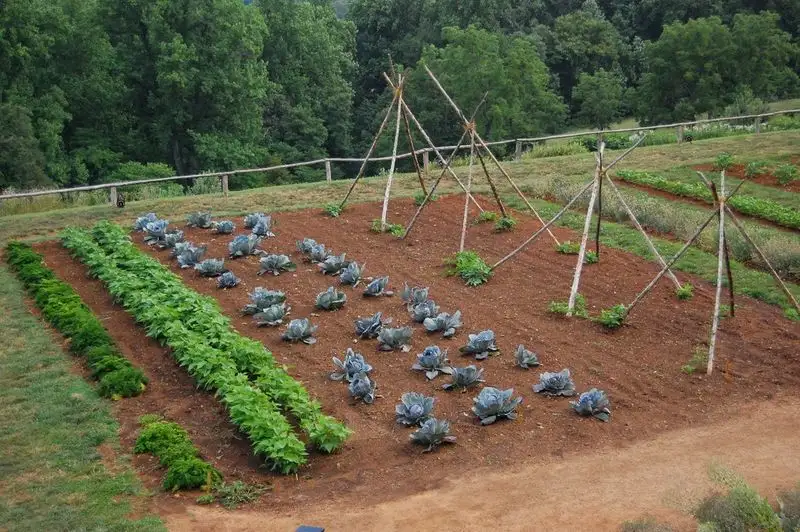
Growing the same crops in the same place every year can lead to disease and pest build-up, wasting space through reduced plant health. Crop rotation prevents these issues by disrupting pest life cycles and improving soil fertility. Planning rotations keeps soil nutrients balanced and plants healthier, utilizing space more effectively over time.
Overlooking Pollinator Needs
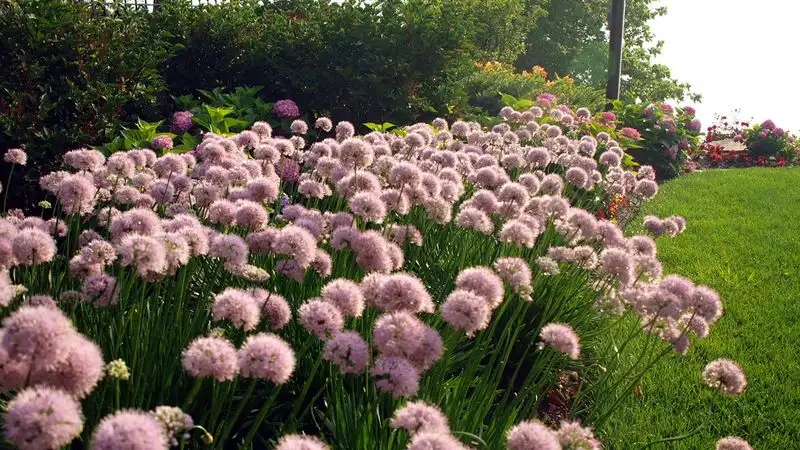
Pollinators are essential for fruit and vegetable production, yet their needs are often overlooked. A garden devoid of pollinator-friendly plants may struggle with low yields. Including a variety of flowers and plants that attract bees and butterflies enhances pollination and productivity. Creating a pollinator-friendly garden ensures healthy yields and vibrant blooms.
Underestimating Plant Growth
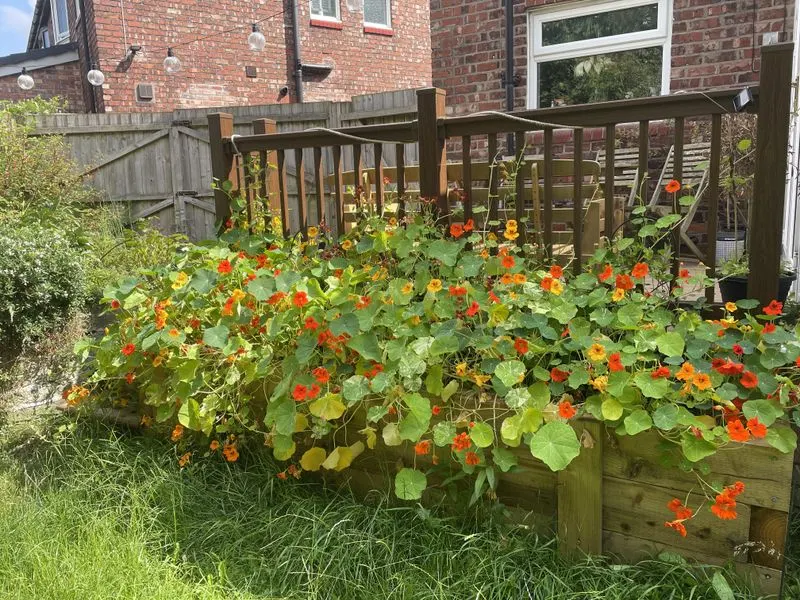
Young plants can deceive gardeners with their small size, leading to underestimating future growth. This results in overcrowding as they mature, reducing airflow and increasing disease risk. Planning for full-grown dimensions ensures each plant has adequate space, promoting robust health and maximizing garden productivity.
Not Utilizing Companion Planting
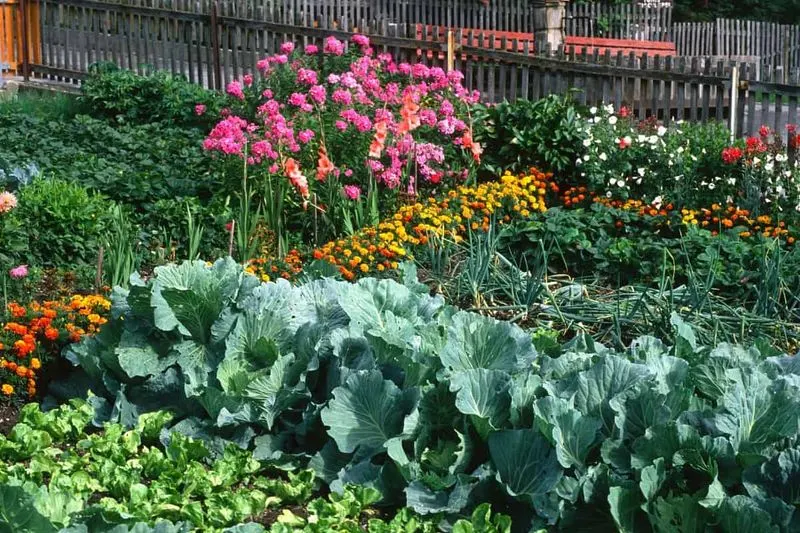
Companion planting is an effective way to maximize space and improve plant health, yet often neglected. Strategic pairing of plants can deter pests, improve nutrient uptake, and boost yields. Incorporating companion plants into your layout can lead to a more harmonious and productive garden. This thoughtful approach enhances overall garden resilience and efficiency.
Ignoring Garden Aesthetics
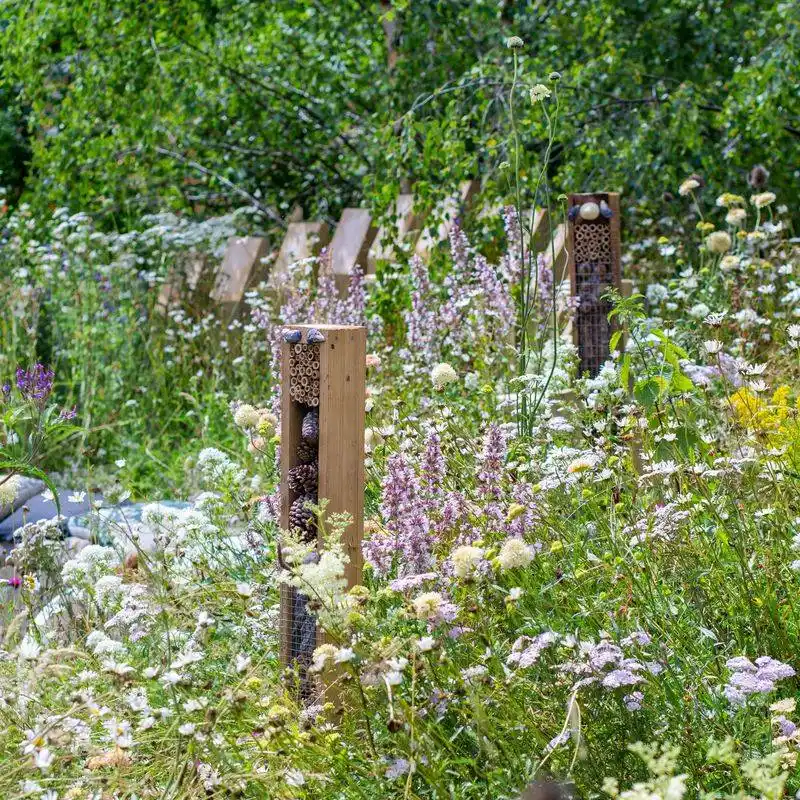
Aesthetics might seem secondary, but a well-planned garden layout enhances both space efficiency and enjoyment. Ignoring design can lead to a chaotic appearance, making maintenance challenging. Thoughtful design incorporates both functionality and beauty, creating a space that’s productive and pleasing to the eye. Planning a garden layout that reflects personal style can increase satisfaction and usability.
Overlooking Maintenance Needs
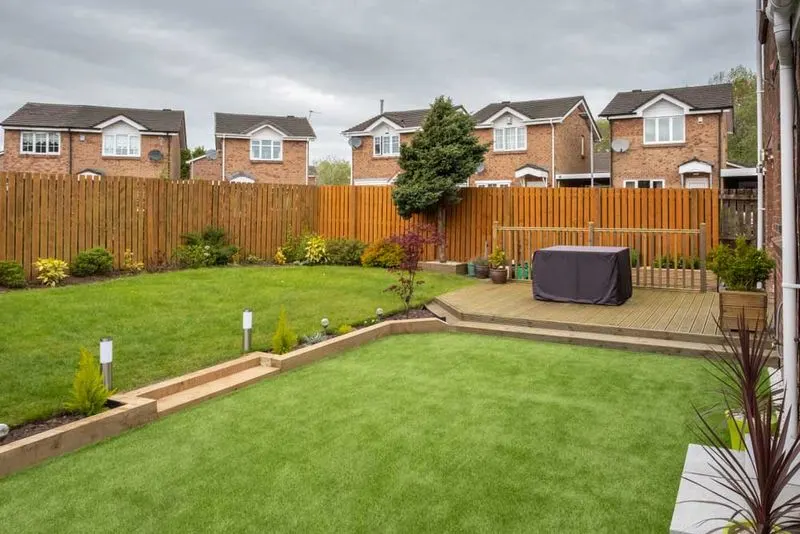
Without regular maintenance, gardens can quickly become overrun with weeds and overgrown plants. This neglect can waste space and reduce productivity. Scheduling routine tasks like pruning, weeding, and fertilizing keeps the garden in check. A well-maintained garden not only utilizes space more efficiently but also supports healthier plant growth.

